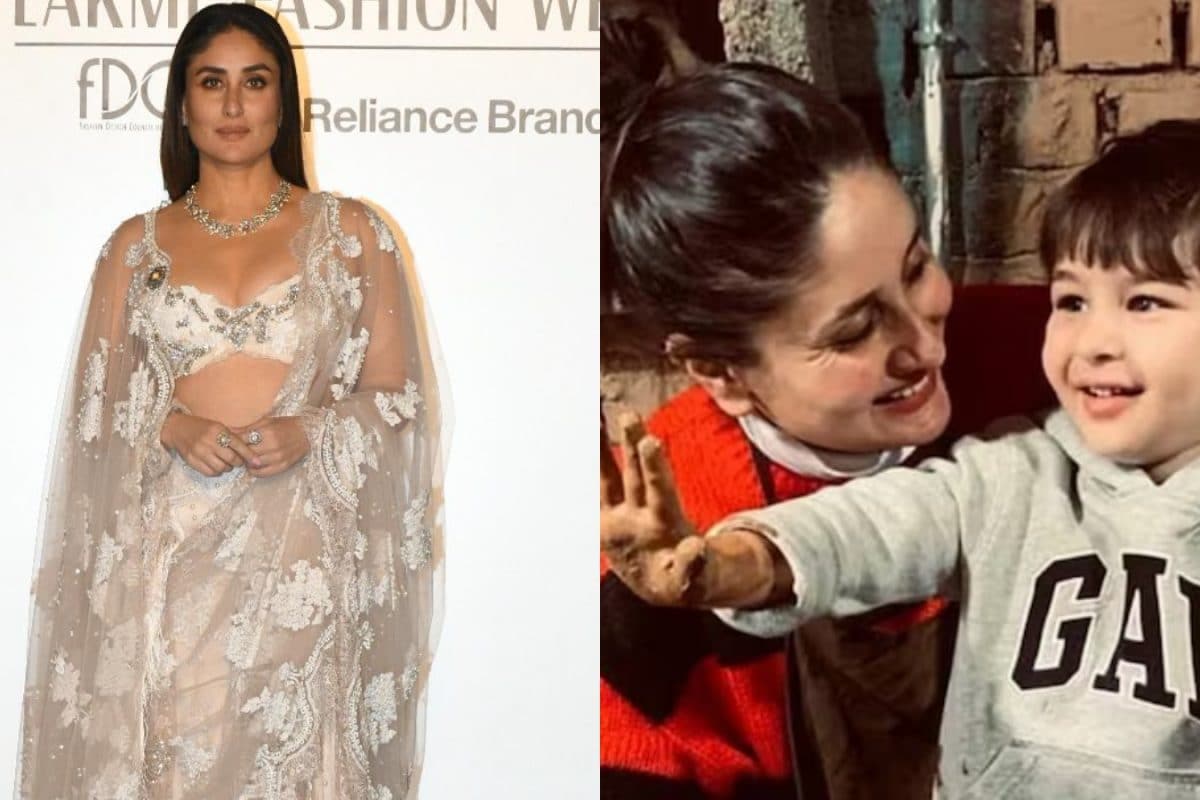Lorraine O'Grady, an indefatigable conceptual artist whose work critiqued definitions of identity, died in New York last week aged 90. Her gallery, Mariane Ibrahim, confirmed her death via email, adding that it was due to natural causes. O'Grady became an artist comparatively late in life , when she was in her early 40s, and then worked for another two decades in relative obscurity before her work started coming to widespread attention in the early 2000s.
READ MORE: Oldest pageant queen named but her age will raise your eyebrows She was included in the landmark 2007 exhibition 'WACK!: Art and the Feminist Revolution' at the Museum of Contemporary Art in Los Angeles and the 2010 Whitney Biennial in New York. In 2021, the Brooklyn Museum hosted a major retrospective, 'Lorraine O'Grady: Both/And.' For the occasion the artist, then in her late 80s, debuted a new performance art persona that involved her donning a full suit of armour.

"I thought that when I had the retrospective, there would be this great big moment when I would go into the galleries and see all of my work at the same time, in the same place, and have this big Aha!" she told New York Magazine in 2021. "The engagement of the audience, which involves a back-and-forth of question-and-answer, is the thing that was missing." For a daily dose of 9honey, subscribe to our newsletter here .
Performance and back-and-forth questioning with an audience are hallmarks of the three projects O'Grady is arguably best known for.

























